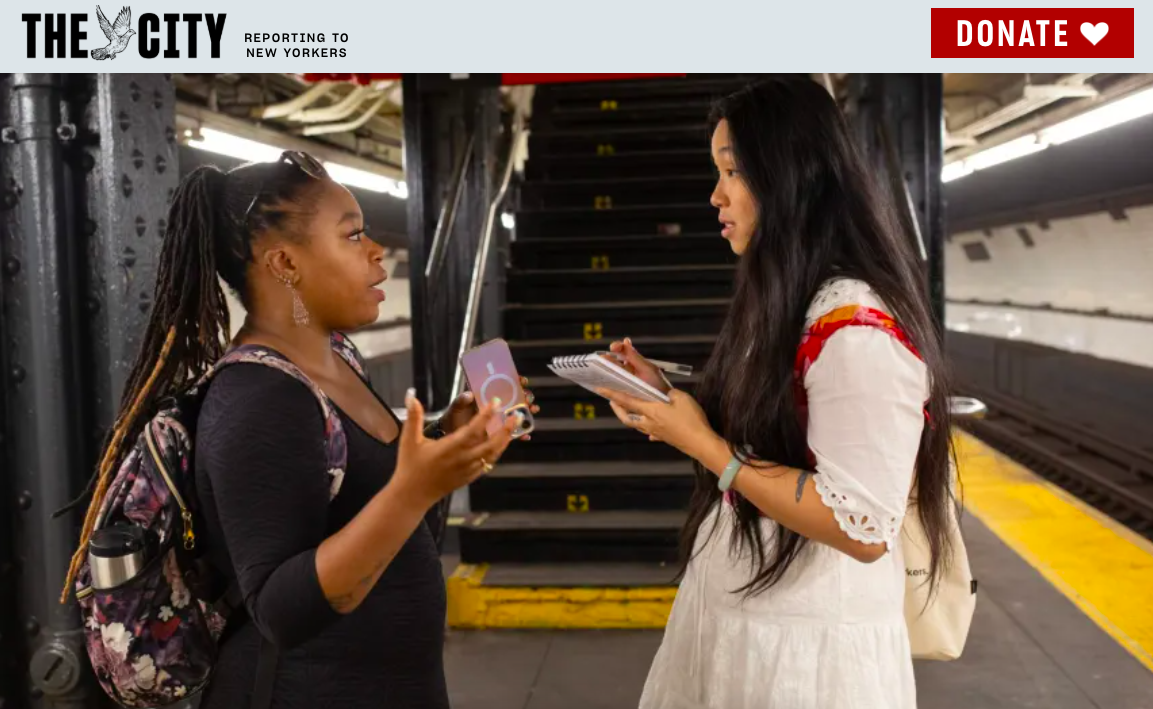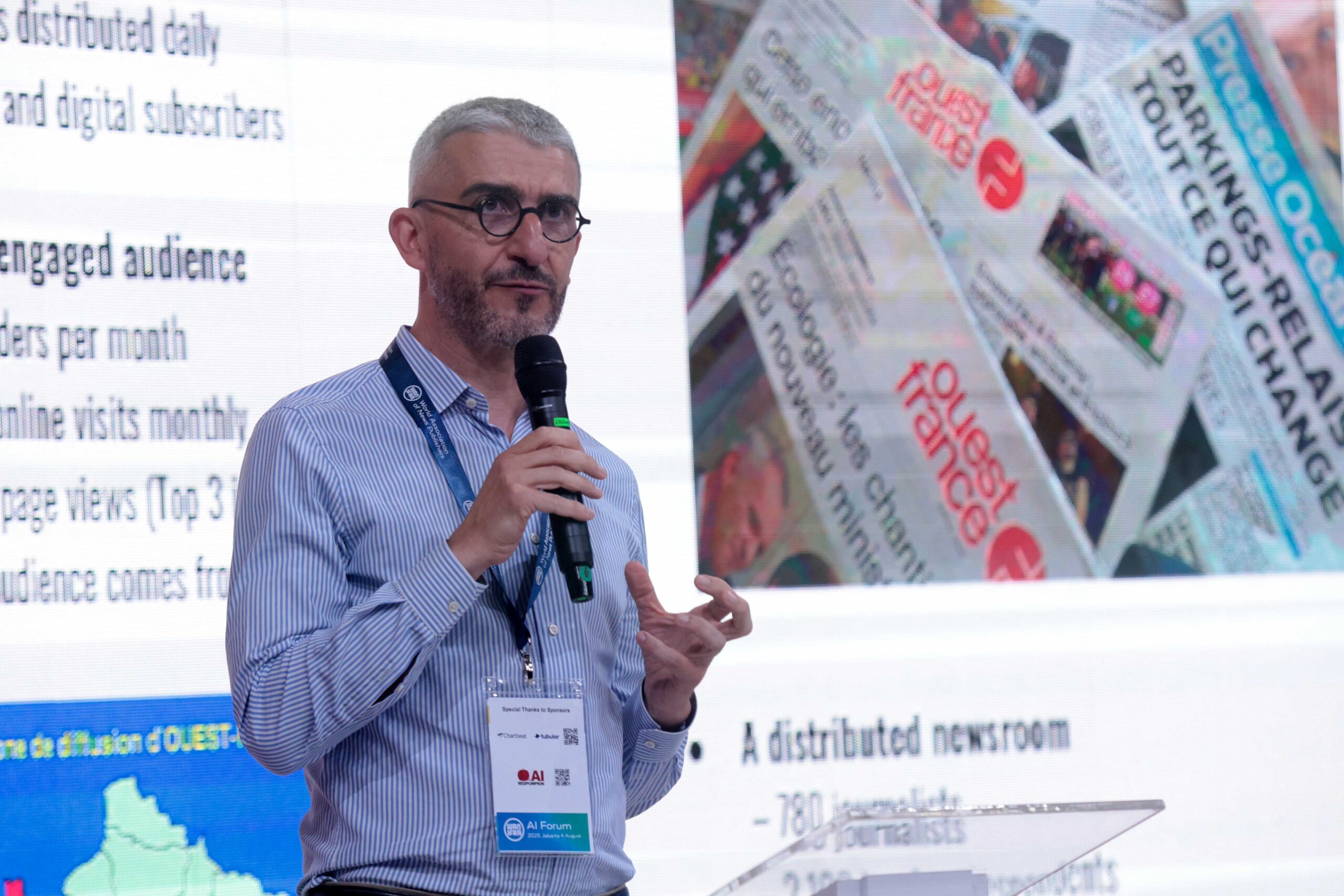By Niklas Jonason
The City is a mission-driven, nonprofit newsroom serving New Yorkers with accountability and service journalism. Since launching in 2019, it has grown to 1 million monthly uniques and 83,000 newsletter subscribers, while keeping focus narrowly on New York City and on reporting that either directly helps people navigate life or holds power to account.
An important inspiration for The City’s journalism is the open newsroom and an intense and close dialogue with its readers.
During a WAN-IFRA Innovate Local webinar in early October, The City’s Executive Director, Nic Dawes, explained how “listening first” sits at the centre of their model: open-newsroom events in libraries and community spaces, targeted question intake via text and email, and even printed postcards send-outs – all feeding explainers, guides and investigations that convert readers into newsletter subscribers and, over time, members and donors.
This is a condensed version of the full case study from the webinar,
which was originally published on our Innovate Local site.
The case demonstrated a repeatable flywheel: clear purpose → deep community listening → practical products (guides, tools, events) → audience growth and trust → revenue via philanthropy, major donors, membership, sponsorship and ads – while big accountability moments provide the spikes that convert to donations.
Open newsrooms: Meeting people where they are
Among the innovations that The City uses is its “open newsroom” concept, which aims to build discovery, relationships, and sometimes, revenue.
These sessions are often off the record, co-hosted with partner organisations that act as trust proxies, and held in libraries or community venues. Insights from these meetings seed guides, tools and storylines – and grow the email list.

Postcards as platforms: Turning questions into conversions
Another interesting angle, is that The City’s newsroom regularly pairs reader questions (via text/email) with explainers and targeted, QR-coded postcards that are mailed to the exact buildings and neighbourhoods which are most affected by things such as complaints about cold apartments or confusion over NYC’s new trash container initiative.
During his talk, Dawes noted The City has had a roughly 10× better response rate from these mailings than comparable Facebook campaigns and are able to reach residents who likely never would have searched for the answer otherwise.
Election tools that centre voters (and travel by word-of-mouth)
Likewise, rather than only publishing a long voter’s guide before major elections, The City coded candidates’ positions and built a playful 18-question quiz. This resulted in 265,000 users, 112,000 completions, 7,000 newsletter sign-ups; notably, direct/one-to-one shares outperformed search – friends texting the quiz to friends.

Actionable ideas from The City
-
Make “open newsroom” a product, not a slogan. Partner with trusted local orgs; host off-the-record listening sessions to surface needs; turn them into guides, look-up tools and events.
-
Target offline too, in smart ways. Use public datasets to pinpoint buildings/blocks with a problem (e.g., heating, trash rollout), then mail QR-coded postcards that beat social by an order of magnitude in response, as reported in the talk.
-
Close the loop on investigations. After publishing, bring service partners (legal aid, advocates) into the affected neighborhood for a co-hosted forum; grow the list; collect new leads.
-
Centre the voter, not the politician. Build interactive election tools that ask readers’ questions and give them a guided path—The City’s “Meet Your Mayor” quiz reached 265k users, 112k completions, and added 7k subs.
-
Measure for conversion, not just reach. Service explainers drive newsletter sign-ups (half of top converters); major investigations drive donation surges during news spikes.
-
Package sponsorships around civic utility. Example: a bank branch hosts and sponsors an open-newsroom series on financial literacy and neighborhood issues (shared in the session).
-
Sell memberships and not subscriptions.

Sign up now for the next Innovate Local webinar, with Emily Schario, from The Boston Globe’s The B-Side, on 29 October.



